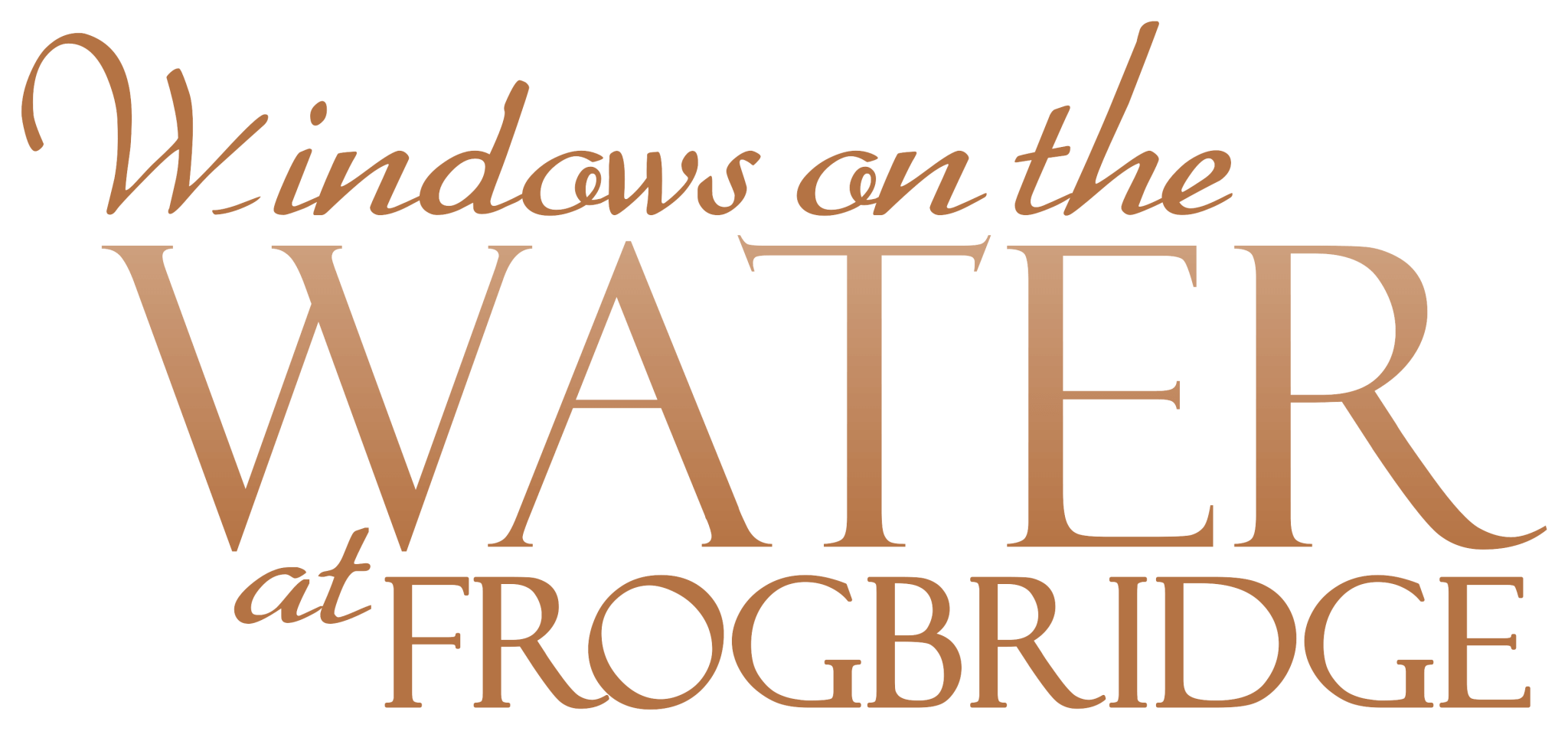Weddings in every culture tend to be festive affairs that both celebrate a new beginning for the couple as well as honoring that culture’s specific traditions. With seven continents and more than 1,000 cultures, subcultures, and tribes, there are tens of thousands of traditions that are reflected in wedding ceremonies across the world.
Here is a look at just a few wedding traditions from around the world that can be easily incorporated into weddings and receptions of any budget. Even if these traditions aren’t from your culture, they’re a good jumping-off point for thinking about your own traditions and how to bring them into your celebration. However, remember that it’s never okay to appropriate another culture into your wedding, so be considerate and intentional about how you plan your own ceremony.
Handfasting Ceremony
Handfasting is an ancient Celtic ritual in which the hands of the bride and groom are tied together as a symbol of the joining of their lives. The handfasting ceremony is a regular part of Wiccan or Pagan ceremonies but has also found a place in mainstream religious or secular ceremonies due to the simple and symbolic beauty of the gesture.
Typically, the wedding officiant ties the hands of the couple with a cord or ribbon. The type of cloth used for the ceremony, as well as the color, can also have cultural significance for the couple. Some couples even choose to use garlands, vines, or flowers that have been woven together by a florist. While the tradition originally featured couples who were bound together until midnight, modern manifestations often call for the tie to be removed at the end of the wedding ceremony. Couples typically remove their hands from the cord as carefully as possible so the cord can be saved as a keepsake.
The Dove Ceremony
White doves have cultural significance in the Philippines and are seen as a symbol of peace, innocence, purity, and love. Additionally, it is believed that the release of white doves at a wedding ceremony is a symbol of lasting good fortune for the newlywed couple.
In Filipino weddings, a male and female pair of white doves are generally released during the reception by the couple to symbolize harmony and peace. However, there are many other times when a release of doves can make a powerful, impactful statement, such as immediately after vows are exchanged. However, consideration must be given as to the safety of the doves that are released and their ability to survive after the release, as many doves made available in pet stores have been bred and raised domestically and are not acclimated to living outdoors.
Mehndi Ceremony
Mehndi, also known as henna, is associated with positive vibes and good luck. In Indian culture, the mehndi ceremony is an intimate gathering of the bride, her female relatives, and the female relatives of her future spouse, along with some of her closest friends. The bride’s family arranges this gathering, and all participants have the opportunity to obtain henna designs on their hands, wrists, and feet. The henna is designed to relieve the bride of her pre-wedding jitters. Once the bride has received her henna, male relatives and friends are welcome to join the party.
The henna designs are generally provided by a henna artist who comes to the home of the bride or her family members before the event to create designs for the bride and her guests. Traditional mehndi designs commonly feature animals, natural elements, and Hindu gods. After the design is applied, the bride must wait for the henna to stain her skin so that the designs last as long as possible. It is believed that the darker the color of the bride’s henna, the more her husband will love her.
The Wish Tree
There is a Dutch wedding custom known as the Wish Tree. A small, potted tree, often set as a table centerpiece, is available at the reception. Guests are encouraged to write their well wishes for the couple on provided slips of paper. These slips of paper are often made of card stock and are shaped like a tree. Once the guest has written their wish for the couple, they then hang the tree-shaped paper ornament on the tree. In the Dutch tradition, the wishes that are hung on the tree serve as a guestbook, letting the couple know who was in attendance for their big day.
After the reception is over, the wish tags are removed from the tree and placed in a unique box as a keepsake for the bride and groom.
Honor Your Wedding Traditions in New Jersey at Windows on the Water
There are hundreds of beautiful wedding customs practiced around the world that can be modified to provide you with a day filled with unique and cultural touches. Another way to make your wedding and reception memorable is by choosing a venue for the event that features picturesque views and provides a wedding package that includes many of the services you will need. At Windows on the Water, you not only have a beautiful place for your special day, but a team of professional event planners who are ready to ensure that your ceremony and celebration go off without a hitch.
To book an appointment with our team and take a guided tour of Windows on the Water, call us at (609) 208-9475 or send us a message using our online contact form.

